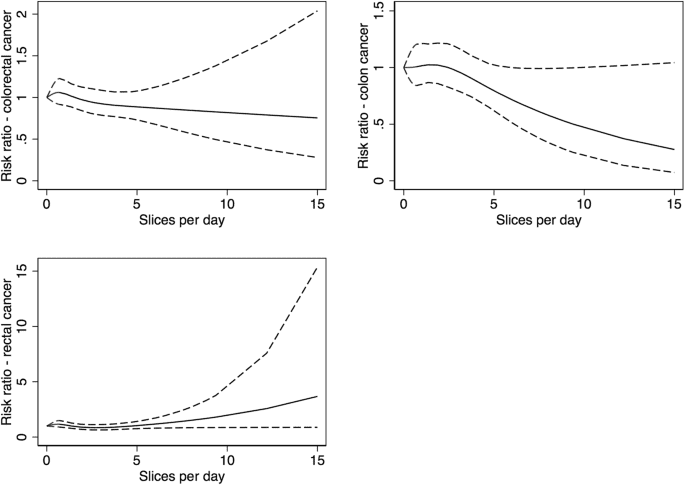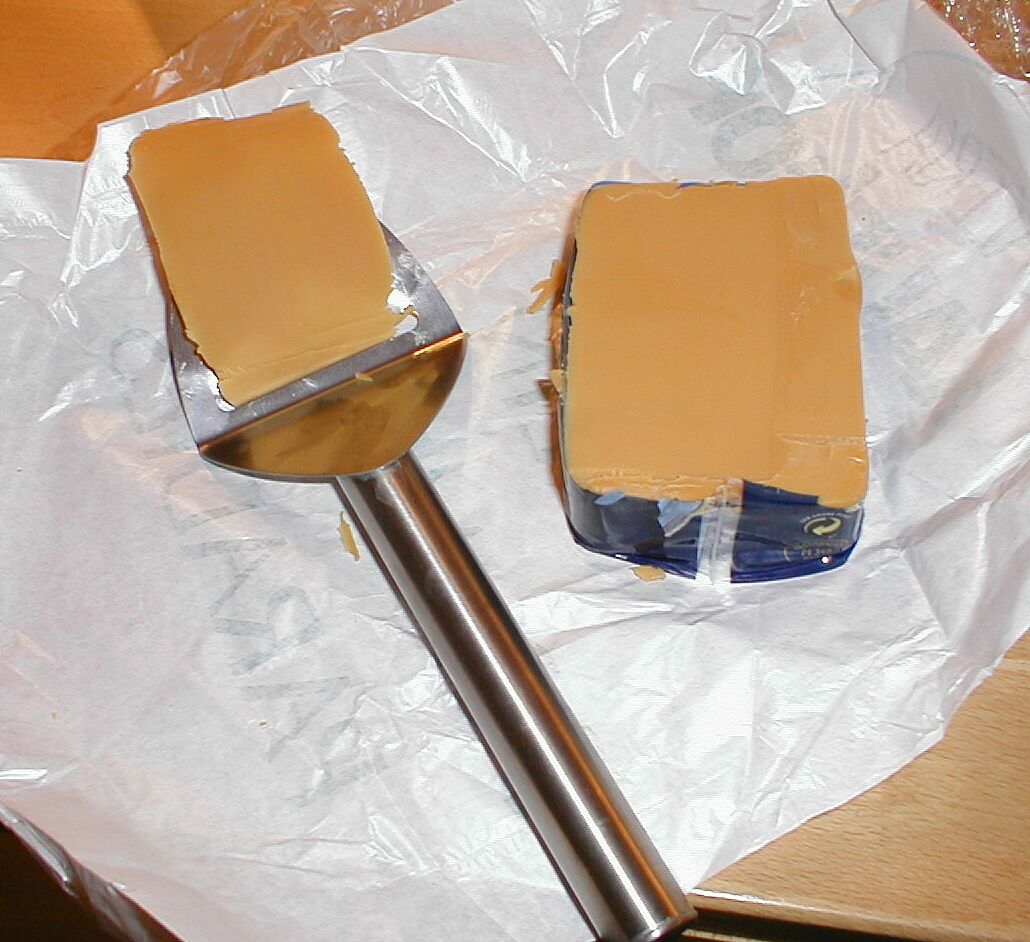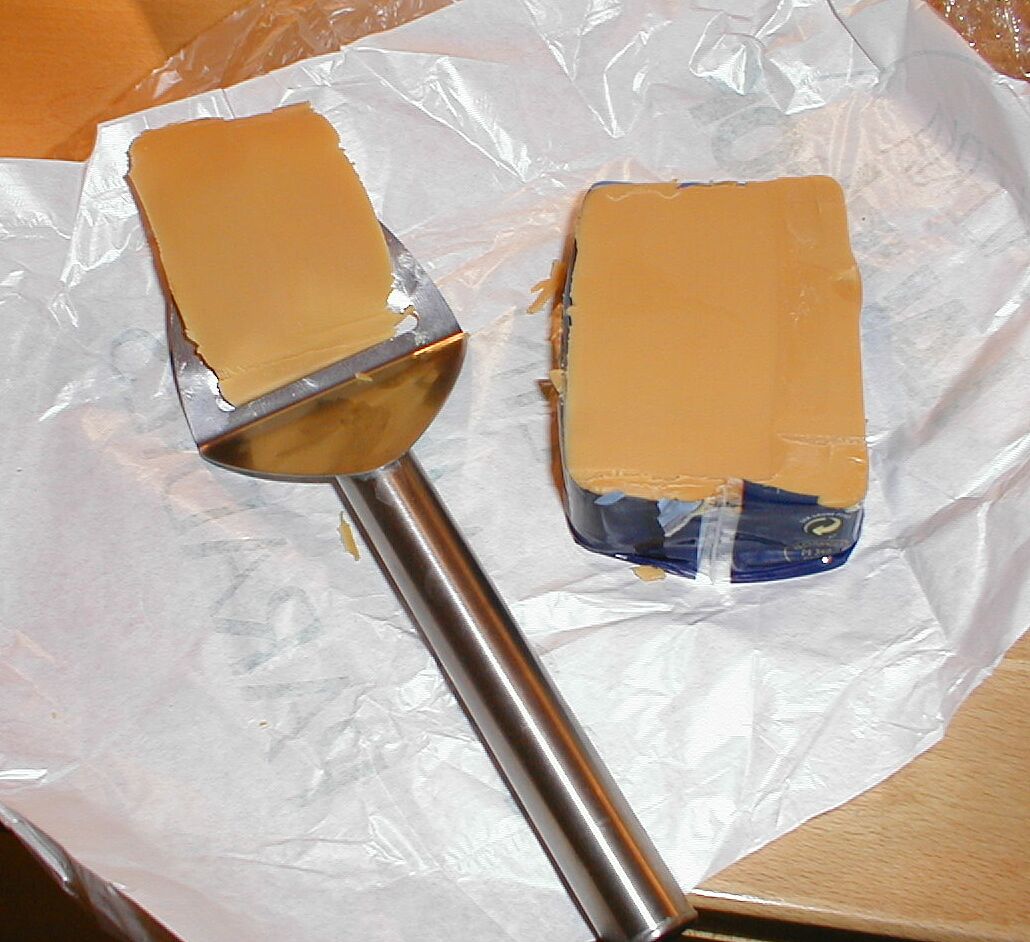AlphaCog
Member
- Joined
- Jan 28, 2014
- Messages
- 96
Abstract
The incidence of colorectal cancer (CRC) has increased among Norwegian women, and is among the highest in the world. In order to understand this increase, country specific dietary exposures have been investigated. The aim of this study was to quantify the association between consumption of brown cheese, a common bread topping in Norway, and colorectal, colon, and rectal cancer in the prospective Norwegian Women and Cancer (NOWAC) Study. Data on brown cheese consumption and adjustment factors was available for 82 527 women. During a mean of 14.6 years of follow-up (1.2 million person-years), there were 1360 cases of colorectal cancer (907 colon; 453 rectal). Multivariable Cox proportional hazards models were used to calculate hazard ratios (HR) with 95% confidence intervals (CI) for colorectal, colon, and rectal cancer sites. We modelled restricted cubic splines with 4 knots, to assess a possible non-linear relationship between brown cheese intake and the investigated cancer sites. In the age-adjusted model, consumption of more than 2 slices (>16 grams) of brown cheese per day was associated with 13% reduced risk of colon cancer (95% CI 4%-21%) compared to women who did not consume brown cheese. The multivariable-adjusted model, however, showed no association between brown cheese consumption and the risk of colorectal, colon, or rectal cancer (colorectal: HR = 0.93, 95% CI 0.76–1.13, p-trend 0.37; colon: HR = 0.83, 95% CI 0.65–1.06; p-trend = 0.10; rectal: HR = 1.16, 95% CI 0.84–1.1.61, p-trend = 0.41). In this large, prospective cohort study of women, consumption of brown cheese was suggestively protective against colon cancer. However, adjustment attenuated the inverse risk association. Brown cheese consumption was not associated with rectal cancer, or colorectal cancer overall.
High lactose whey cheese consumption and risk of colorectal cancer - The Norwegian Women and Cancer Study - Scientific Reports
The incidence of colorectal cancer (CRC) has increased among Norwegian women, and is among the highest in the world. In order to understand this increase, country specific dietary exposures have been investigated. The aim of this study was to quantify the association between consumption of brown...
Brunost
Boiling down whey 10:1 to create a brown, cheesy spread (such as the Norwegian prim and Swedish messmör) has been common in the Scandinavian countries since time immemorial.Mysost are a family of cheese-related foods made with whey and milk and/or cream. The main ingredient, whey, is a byproduct of the cheese making process, it is what is left when the cheese is removed from the milk. Therefore, brunost is not technically cheese, and it does not taste like cheese. However, it is produced by cheese makers, and is sold, handled and consumed in the same way as cheese. Therefore, it is generally regarded as a cheese. The texture is firm, but slightly softer than Gouda cheese, for example, and lends itself well to cutting and shaping. It does not crumble like hard cheeses. The taste is sweet, and best described as caramel-like, but with a tang that is more noticeable in the variants that contain goat's milk. The variant Ekte Geitost ("true goat's cheese") contains only whey and goat's milk, and has an intense, Chèvre-like taste that cuts the sweetness.


